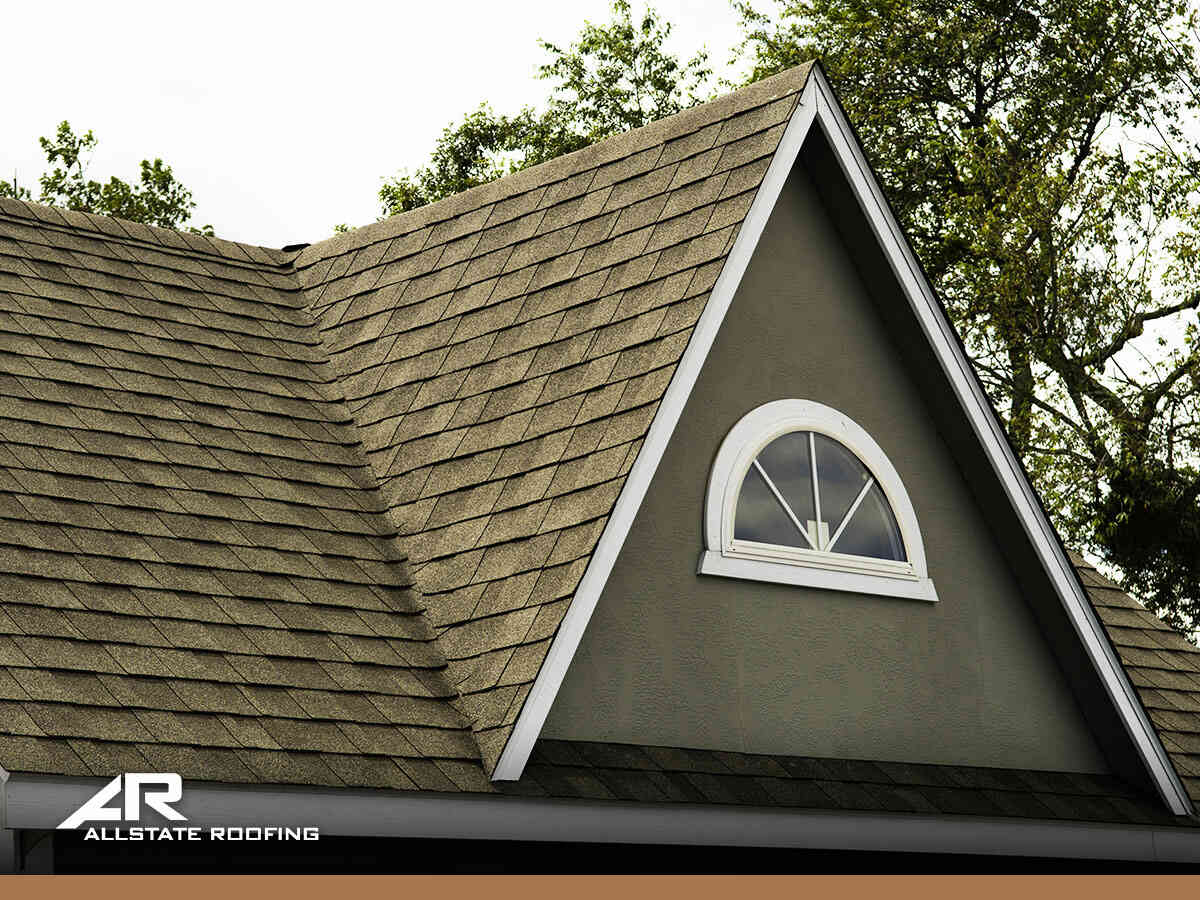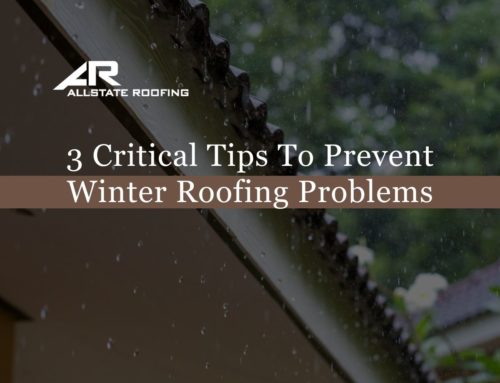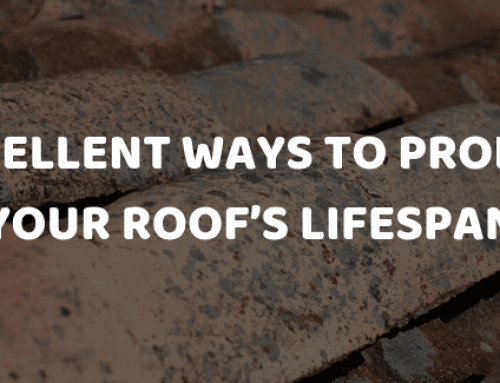How Attic Insulation Contributes To The Efficiency Of Your Roof
Improve Your Roof Performance With a Complete Roofing System
Your roof’s performance requires a lot more than quality shingles and flashing. In reality, an efficient roof requires a complete roofing system, including attic ventilation and insulation.
The different elements of a roof and attic system work together to keep your home comfortable, help you save money on cooling and heating, and prevent harmful moisture buildup inside your home.
Proper Attic Ventilation + Quality Insulation = Fewer Roof Problems
The combination of quality attic insulation and a properly functioning ventilation system will protect your home by keeping moisture and heat out. When this is done correctly by your Phoenix roofing company, the right conditions and temperature can be maintained inside your attic throughout the year.
Unfortunately, an attic that is not correctly vented and insulated will trap heat and moisture. Over time, this can cause significant damage to your home, including:
- Ice dams, which prevent water run-off and cause water damage inside the home
- Premature failure of roofing materials, requiring an early roof replacement
- Sagging roof deck due to constantly wet wood
- Rusted nail heads on your roof
- Growth of harmful mold, spores, fungi, and mildew inside your home
- Interior damage from excessive amounts of moisture
How Does Attic Ventilation Work?
The process of attic ventilation involves removing excess moisture and any hot, stagnant air, while also keeping cool conditioned air inside the home. When your roof is properly vented by a Phoenix residential roofer, the air in your home can stay at a comfortable temperature. An attic that has been properly vented will enable natural airflow and prevent the buildup of excessive heat within the attic.
The universal principles of ventilation, called ABCs of ventilation, are:
- A = Ample Amount
- B = Balanced
- C = Control Air Flow
A = Ample Amount
It’s important to get the right amount of ventilation into your attic. Talk with your roofer to understand what the international building codes require for homes of your size and design. A minimum ventilation ratio of 1:150, which means 1 square foot of vent for every 150 square feet of roof area, is the minimum. Local codes may have more specific requirements.
B = Balanced
A function ventilation system needs a 50-50 balance of intake and exhaust vents. Proper ventilation needs a balance of intake and exhaust vents. Your Carefree roofing contractor will place exhaust vents toward the top of your roof to pull air out of the attic and avoid negative pressure buildup. Then, intake vents will be installed in soffits or lower down the roof slope. The air pressure within the attic needs to be balanced, or your attic will begin to suck air from inside your home through cracks, framing joints, and even light fixtures, meaning that you will be paying to heat or cool the air inside your attic.
C = Control Air Flow
An attic space must be air sealed and insulated so that the conditioned air from inside the home doesn’t escape into the attic. Control of air flow saves you money on your cooling bills, keeps the attic temperature where it should be, and helps maintain a comfortable home. A thick layer of insulation is imperative to keep your home cool through Arizona summers.
Sealing Up Air Leaks
Heat moves from warmer areas to colder ones until the temperature is the same in both areas. This means summer heat wants to migrate from your attic down into your air-conditioned living spaces. However, quality insulation effectively resists this air movement, keeping your home cool and comfortable.
For your attic insulation to work properly, you’ll need to be sure your home is not leaking air into the attic. Adding more insulation to a drafty attic won’t benefit your home if you don’t first identify and seal up any air leaks. You can do this by checking for cracks and joints around your ceilings. Air leaks are also common around soffits, through recessed lighting boxes, around electrical boxes, and where ceilings and walls meet. Talk with your Buckeye roofing contractor about any dark spots on your roof deck or water stains in the rafters that might point to additional places where air is leaking into the attic.
Homeowners who live in places like Arizona where most of the year is very warm understand the expense of keeping a home cool and air-conditioned. Make sure your roof is functioning efficiently and preventing excessive cooling costs with the right amount of attic insulation and ventilation.
Quality Roof Contractors In Phoenix
Get the best care for your roof from a second-generation roofer at Allstate Roofing. We specialize in all types of roofing materials and work to provide outstanding customer service on every job. To request an estimate for your home’s roofing needs, contact us today!
Allstate Roofing of Arizona
Email: kathy@allstateroofingaz.com
Website: www.allstateroofingaz.com
Peoria Location
30521 N 126th Dr
Peoria, AZ 85383
Office: 602-620-2755
Phoenix Location
2955 W Clarendon Ave
Phoenix, AZ 85017
Office: 602-484-7663
Glendale Location
5019 W Vogel Ave
Glendale, AZ 85302
Office: 602-441-2237

Written by Chad Thomas
“Chad Thomas, born in Arizona and influenced by his licensed roofer father, gained extensive experience in major companies before founding his own licensed roofing business.”







